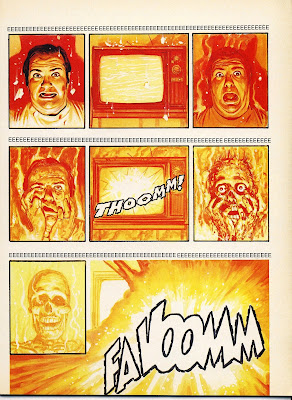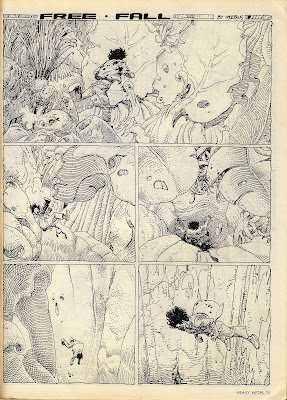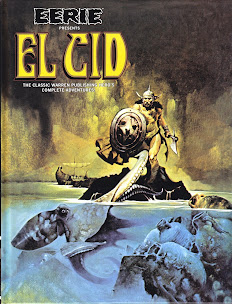Book Review: 'New Writings in SF 7' edited by John Carnell
3 / 5 Stars
‘New Writings in SF 7’, edited by John Carnell, was published by Bantam Books in August 1971; the interesting cover illustration is by David McCall Johnston. All of the contents were written in 1966, exclusively for this anthology.
Colin Kapp opens the collection with ‘The Pen and the Dark’, in which the Unorthodox Engineers travel to the planet of Ithica to investigate a mysterious artifact. It’s a well-written hard SF tale.
Next up is Arthur Sellings’ ‘Gifts of the Gods’, in which the residents of a newly-constructed English exurb awake to find mysterious artifacts scattered on their lawns. The story has a very Roald-Dahl-ish flavor, mixing offbeat humor with a tone of increasing disquiet.
William Spencer contributes ‘The Long Memory’ , set deep in the bowels of an enormous city where everyone, and everyplace, is continually monitored by surveillance cameras. The ending is perhaps a bit predictable.
There are two entries by the same author, the prolific John Rankine:
Under the pseudonym of Douglas R. Mason, Rankine contributes the New Wave tale ‘The Man Who Missed the Ferry’. Set in mid-60s Liverpool, a clerk named Arthur Sinclair experiences some amazing events on his morning commute. Less SF than Speculative Fiction, the story suffers from Rankine / Mason’s use of a determinedly elliptical prose style, making it the least impressive story in the collection.
Writing under his given name, Rankine provides ‘Six Cubed Plus One’, which features swingin’ 60s dialogue and social mores. Some newfangled computerized teaching machines are installed at a high school, and when the setup births an AI, its vehicle for communication with the befuddled staff is a Marianne-Faithful lookalike named Sarah Joy. This story has a touch of pathos, reasonably clear writing, and indicates that despite his high-throughput approach to his craft, Rankine could produce something of quality when the mood took him.
Robert Presslie provides ‘The Night of the Seventh Finger’. In a newly built English exurb (rather a recurring setting in these stories), swingin’ bird Sue Bradley comes home late from a night of clubbing; her walk takes her by an abandoned house, rumored to be haunted. Also incorporating dialogue heavily laden with slang terms and uniquely British idioms, American readers may want to brush up on their ‘Groovy 1960s London’ vocabulary prior to reading ‘Finger’.
The final story in the anthology is the best. Vincent King’s ‘Defense Mechanism’ is set on a far-future Earth where the remnants of the population live amid the spaces of an enormous underground city complex. When some Aliens encroach on the turf of the first-person narrator, he is obliged to gather a posse and pursue the attackers and eliminate them. The dimly lit environs of the empty city complex are a perfect setting for a tale of pursuit and close-combat; there is an offbeat ending.
All in all, ‘New Writings’ is a reasonably good 60s SF anthology, and readers interested in this era might want to pick this volume up.





























































